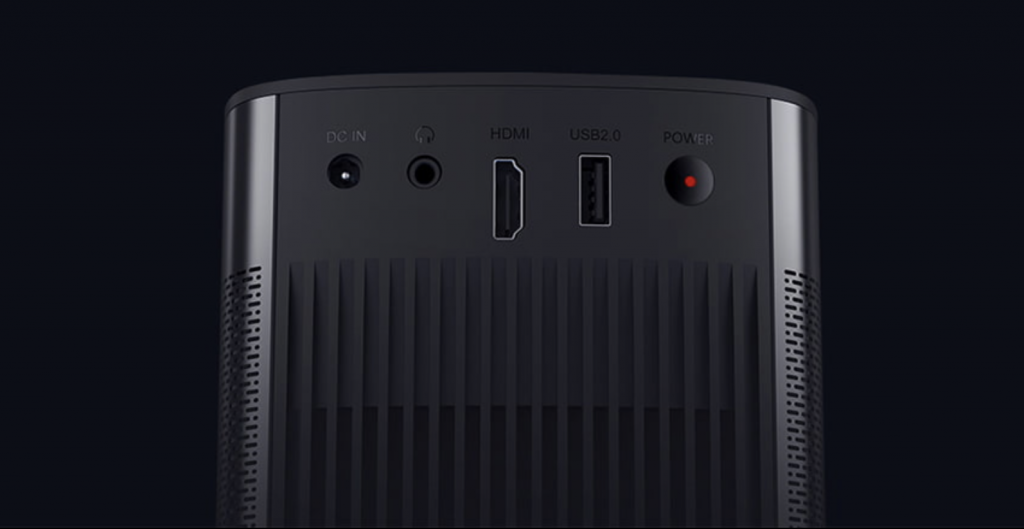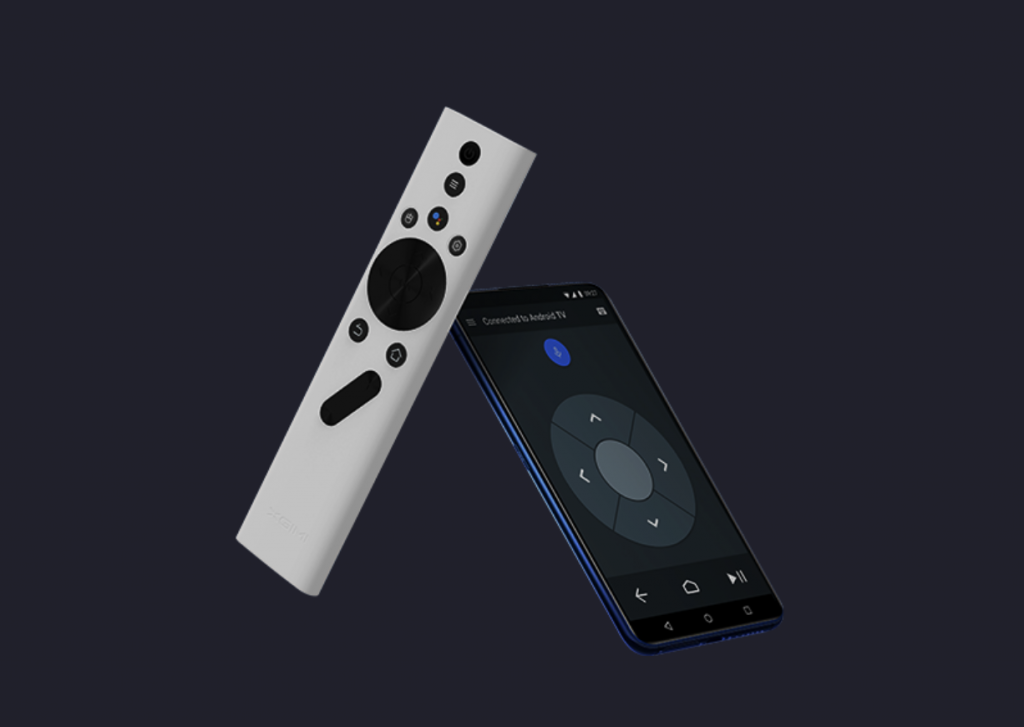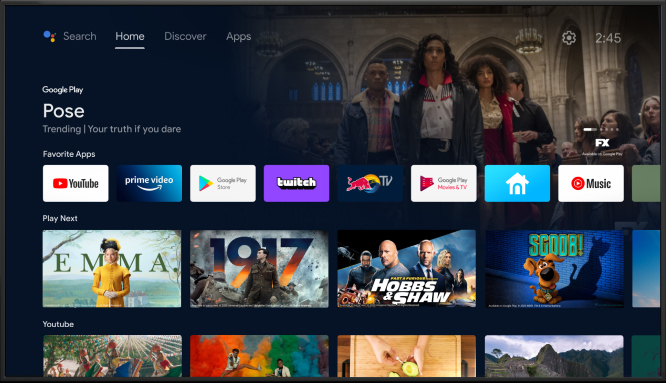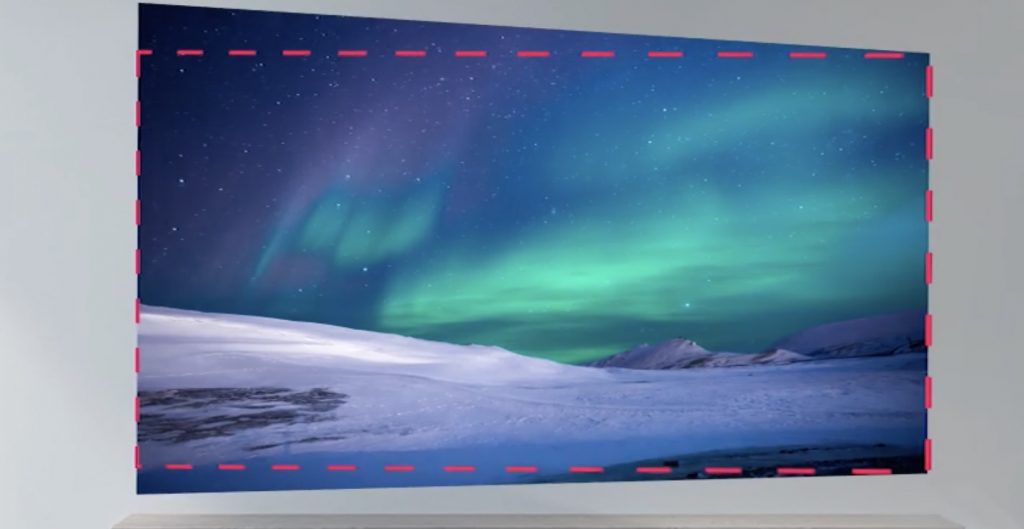COVID-19 impacted a lot of things, but the most unexpected change for me was the increased interest in projectors. I would constantly have people ask me about them, probably five to nine a day compared to the previous one a month, with it being something of an uphill battle. Most projectors, that we had anyway, were stuck in the past. They lacked connections, had a singular and simple purpose like fitting in your pocket for a meeting and simply couldn’t achieve the rather basic goal of meeting with others and watching a program. When I saw XGIMI’s Halo, I was instantly interested. It offered a lot of useful features, in a size and setting that made total and complete sense. Having used it for a bit, does Halo live up to expectations or does it sound better on paper?
XGIMI went in an interesting direction with Halo. Most projector boxes, especially nicer ones like the Epson Pro Cinema 6050, come in rather bland non-descript packaging. At first glance you might mistake Halo for a Bluetooth speaker, thanks to it not only looking like one, it also boasts the Google Assistant functionality and Harman Kardon speakers on the front. Naturally, on closer inspection XGIMI sums up all the key features and makes a very informative, yet simple package. Inside is enough foam to securely move the projector, with Halo securely placed in the center. After a brief cleaning of the lens from some dust that got on it, we got our first look at Halo.
As the pictures suggest, Halo is a nice compromise in terms of size and shape. It doesn’t just resemble something like a SONOS speaker, the sizing isn’t terribly different. Just imagine it being slightly taller and a little deeper and that’s the Halo. The construction is also surprisingly robust and thoughtful.

For the three outer sides, there is a metal plate that looks quite stylish. On top there are a couple basic controls like play/pause and volume up and down. On the back are your connections, a single HDMI, USB 2.0, 3.5 jack and power, along with some vents. And on the bottom is a nice rubber base with a small kickstand to adjust the height, along with a mountable screw that can be used with any tripod, just make sure it can support Halo’s 3.5 pound weight.
Along with the projector, Halo includes a remote to make the most of the included features. Unlike most projector remotes, which are a jumbled mess of confusing buttons and overly specific commands, there are nine buttons, arrow keys and accept, with the bottom offering a toggle for volume and focus. While the remote makes the most of the Android 9 interface included with Halo, the remote itself feels kind of cheap. The plastic is not nice to touch and kind of flops around in your hand. It also isn’t overly dense, since the LED light that illuminates the power button shines the plastic around it too. Still, I appreciate the thought that went into the remote itself.
Instead of oversimplification and relying on in-built menus to navigate, like Samsung, XGIMI made some weird choices that make sense upon use. This is achieved by button placement and feel. Power has a downward slope, arrow keys have a really tactile feel from the grooves brushing against your digit, some of the buttons feel flat and others bumpy, with volume up and down being on an angle. It’s hard to explain without really feeling it, but even in complete darkness you can tell what every button does just by feeling it. No chance of a mis-click, because volume, input and home all have very unique feelings.

Set up and usage is pretty straightforward. If you’ve ever used an Android TV device, such as a Sony television or Nvidia Shield, you’ll know what to expect. If not, it’s the usual questions like name, room, wifi, password, with some extra features like express set up via Android and the ability to link it with a Google account. At the end it asks what popular apps you use, making it easy for even the most clueless person to download HBO Max or Disney+.
When you make it to the main menu, it might look a little different than you expect. Halo uses Pie (Android 9), meaning it includes the much needed interface change found on Oreo (Android 8). This streamlines the experiences, makes it super easy to see key content, your favorite apps and just jump right back into the action. But, the experience isn’t perfect.
Each time Halo boots up there was an ominous notification about Netflix support. Unfortunately, out of the box, it does not support Netflix. This is not a failing on XGIMI’s part, apparently it has to do with a certification on Netflix’s side, which XGIMI is working towards getting. There are a lot of workarounds and simple fixes, like any of the 10,000 other devices you could potentially hook up to Halo and use Netflix on or just using Chromecast, but it is important to understand that. For most other major services, HBO Max, Hulu, YouTube TV, Peacock, Disney+ and many more it will just work.
Using Android TV will take some getting used to and tweaking, as you’d expect from an Android phone, but usage is pretty straightforward. Select one of the like five different ways to access an application and load it up. Each of these will work the same as their TV or device counterpart, with the only set up being a code that needs to be entered online or username and password. Those not interested in doing those steps can always Chromecast or use a screen mirroring application. All of these work relatively easily, especially if you’re already familiar with the process.

Much to Halo’s credit, this is a very snappy version of Android TV. I’ve used cheaper devices that can barely load it, whereas Halo takes a minute or two after turning on and it’s good to go. It’s to the point where I wouldn’t say you need a new device to take over the smart TV side of things until portions start getting out of date, making it even easier to experience. But, all the features in the world are meaningless if Halo fails at displaying a good picture.
First and foremost, having spoken to literally thousands of people about projectors, it’s important to understand the screen itself matters. The color, texture, material and even the border make a difference on picture quality. There was a massive difference when I tested Halo with a Screen Innovations Black Diamond screen and just shot it on my white painted wall. Due to the complexity I won’t get into all the differences, something I strongly suggest looking into, but will say even a decent quality screen will help bring out the best in Halo. To make things simple, since this is a portable projector, I’m going to assume you’re using a white sheet or a white wall and talk about the quality from that.
Like most displays, what you display on Halo will make a difference. Something like a bright sitcom looked similar to what you’d expect from a television. Movies also did fairly well, it just depends on how contrast heavy they were. Brighter movies with less of an emphasis on contrast usually looked better, though it did give that cinema feel that only a projector can. Even darker movies did okay, it just was a lot easier to see the background noise if you’re really paying attention and/or too close. As for gaming, it really depends on what you’re doing.

Where Halo struggled was anything small with a lot of details and text. Both of them looked a tad pixelated compared to more conventional display or even my 1080p monitor accepting a feed from my capture card. However, I’d also say the average person probably wouldn’t be put off, as they’re still readable, just not as sharp as other sources.
As for the picture itself, Halo did a pretty good job with most experiences. The best way to describe it going into a store, seeing the same thing on two different sets and then having the sales person explain why one is better than another. It’s clear the picture isn’t perfect, even a set up that is 10 times the cost of Halo won’t be, but without the comparison a lot of people likely wouldn’t be able to tell the difference between Halo and a similarly priced television at 55″ or more. The black levels are about what you’d expect from an edge or direct lit television, some colors, like the exaggerated neon colors in Destiny 2’s latest season, come off a bit oversaturated, but for most things Halo did well. And, like everything else, there are different considerations and details.
Lighting and distance will always impact projector performance, especially without a screen designed to mitigate it. For a portable projector, 800 lumens is actually a lot and at least puts up a fight. In my fully illuminated indoor room, as long as the throw wasn’t greater than five feet, it preserved a good amount of content. Even at further distances it displayed a picture, it just started becoming a little more washed out. Outdoors will vary. During a very sunny day it might be hit and miss, especially if you move towards a massive size, but at dusk or later it will likely be more than enough.

Perhaps my favorite feature is the Keystone correction. Depending on the space, angle and other details, this setting allows you to reconfigure the picture to fit. It’s perfect for any room where a projector can’t go in the center or just simply bringing it to a friends or social space and making due with what you got. It’s also super easy to use, just move a square, make sure the circle looks fine and you’re good. But, make sure you update the system before using. The later version is significantly more user friendly and easier to use than the original version.
Another highlight is how simple XGIMI made halo. The included speakers can, quite honestly, rival a televisions. Depending on the person or situation, that can honestly be more than enough for a portable device like this. For those looking for a bit more, I’m honestly overjoyed XGIMI included some kind of audio out. A lot of the projectors I’m use to looking at lack an audio out, with the idea being you go through a sound system before entering the projector. With Halo, it’s a simple 3.5 connection and you’re done. I had a couple Bluetooth speakers that instantly worked when I connected the two. A recent update also added Bluetooth out for headphones or an external speaker, which worked pretty good, though had a slight delay compared to a hardwired connection. But, for taking this on the go or playing a movie outside of the family, it makes things super simple. Especially if you’re like myself and have a Sony XB501G or better speaker laying around. Small things like this make it super easy to bring the cinema on the go.
XGIMI Halo Verdict
To be completely honest, I was surprised by Halo. I have seen more than a few projectors at various price points over the years and Halo offers a lot for the money. Given I can essentially bring it anywhere, easily watch a movie on battery life alone and effortlessly get my favorite movie on the screen with most speakers I have laying around, it’s easy to see the value in it. Most of the struggles with Halo are honestly what you’d expect from a projector or a similarly priced television. In so many ways that is impressive, so if you’re looking for a simple projector to get the family together or just enjoy on the go, Halo is absolutely worth considering.
[Editor’s Note: XGIMI Halo was provided to us for review purposes.]

